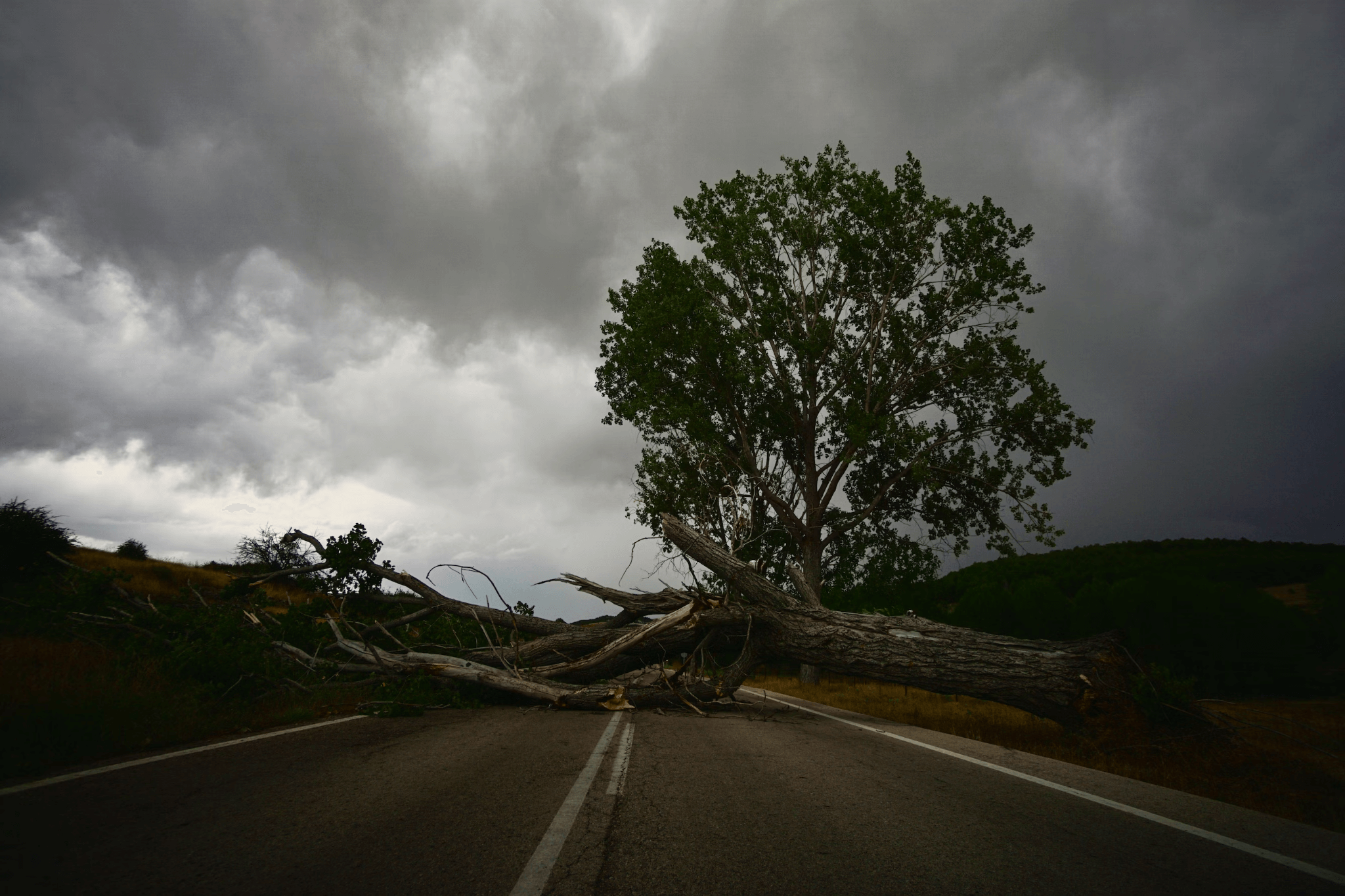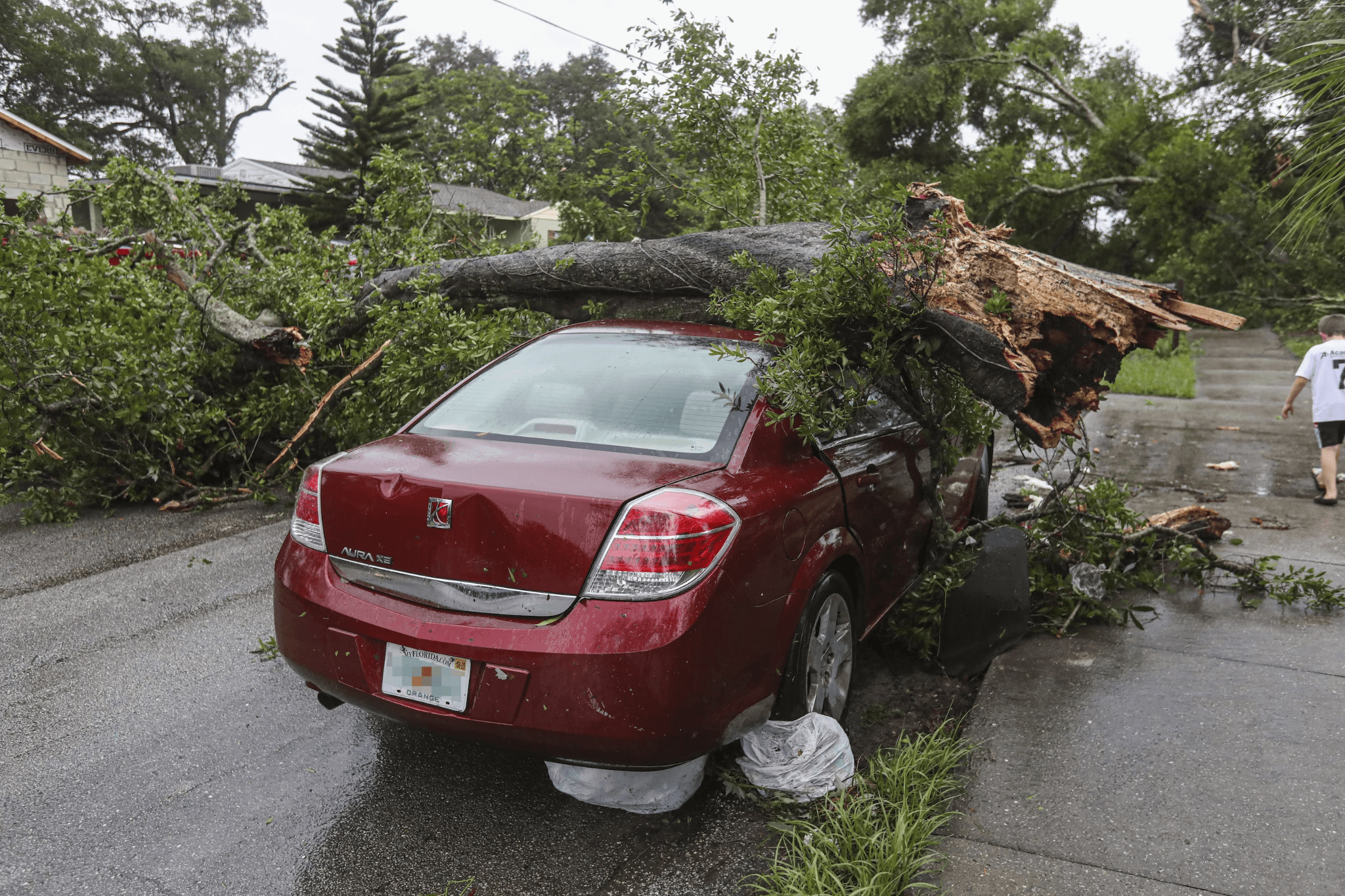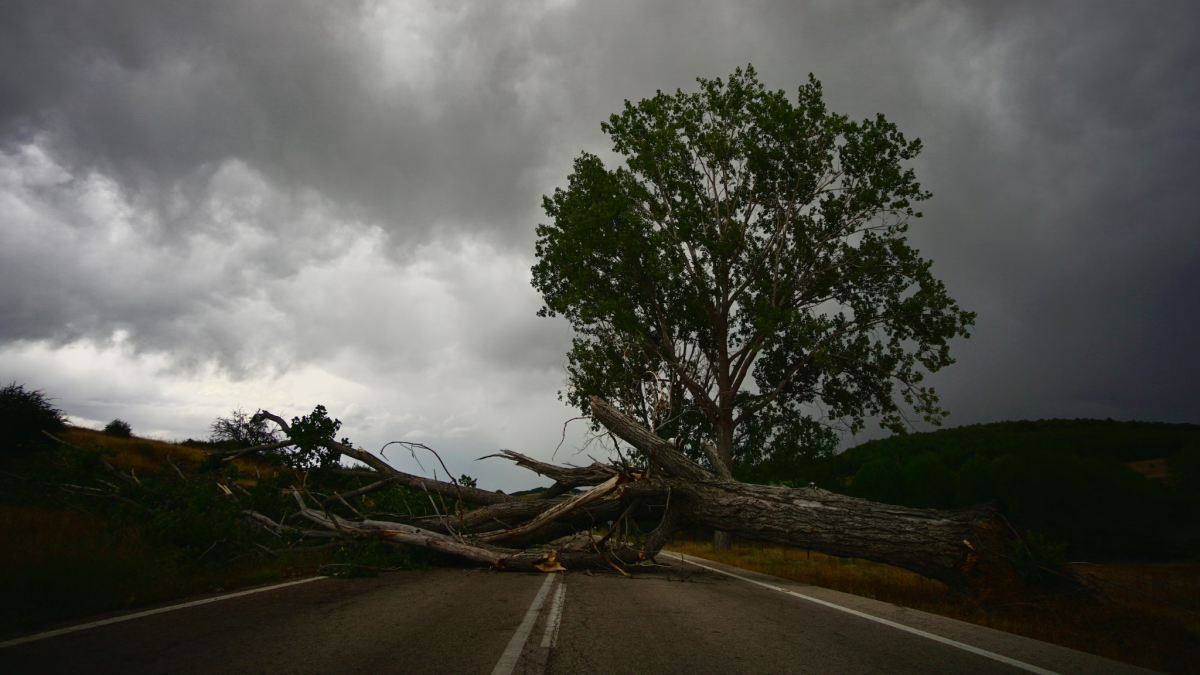
If a tree falls on your property and causes damage, homeowners insurance may cover some of your costs. However, if it was due to negligence on the part of a neighbor’s tree falling onto yours and damaging it further, their policy may not cover these expenses.
Understanding tree ownership and who’s liable for fallen trees is vitally important, and this article can help guide your decisions in making the appropriate ones for your situation.
Fallen Trees: Who Removes Them?
Trees add beauty and value to a property, but they can also cause significant damage, compromise personal safety risks, and create unsightly messes. When trees or large branches fall, it’s essential that they be removed quickly and efficiently – although determining who should take responsibility can sometimes be tricky.
Before filing a lawsuit, it is often beneficial to consult with your neighbors and try to come to some kind of mutual agreement. Documenting previous attempts at resolution with them as well as statements from other neighbors are useful in establishing liability; however, litigation should only ever be used as a last resort since it can be costly and stressful for all involved.
Even if the tree isn’t on your property, you should still conduct a comprehensive examination to make sure there are no other trees or large branches at risk in its immediate area. A visual inspection usually suffices; however, an arborist can evaluate more thoroughly whether special treatments, pruning or removal is required for it.
As long as there are trees nearby, professional assistance should always be sought to remove fallen ones safely and without damaging either your own or neighboring properties. Professional arborists or a tree removal company should possess all of the equipment and tools required for successfully taking down and disposing of fallen trees safely. In doing so they ensure debris removal without impacting nearby properties in any way – not something you should attempt on your own!
If you choose to handle the fallen tree on your own, start by verifying there are no electrical wires nearby by calling your utility company and getting an electrical line inspection report. Once this step has been taken care of, proceed by clearing away as much debris as possible from around it (this could include cutting limbs close to the ground or pulling them up manually).
Before removing a fallen tree from your property, check with your homeowners’ insurance policy to see if removal expenses are covered by your policy. Depending on its terms, coverage could extend up to $500 or $1,000 per tree depending on its value.
Keep a record of all of your efforts should any disputes with neighbors arise. If you can demonstrate that their negligence caused a diseased tree to fall onto their property, they could be held liable; however, such litigation is often difficult and expensive to pursue successfully; instead it might be best to make a claim with homeowner’s insurance instead.

Private Vs Public Tree Removal
Like I said above, though trees add beauty and value to any home, at the same time that can potentially be hazardous if they fall due to high winds or severe storms. When this occurs, homeowners need to know who is liable for cleanup costs associated with their fallen tree as well as any damages it caused.
Homeowners typically can file a private claim with their homeowners’ insurance provider for damage caused by private trees (source: https://forums.whirlpool.net.au/archive/2704738). Private coverage often depends upon where the tree stands and whether or not it would pose any potential hazards, so it is advisable to check with them first before taking any steps to address them.
Some areas do not impose laws regarding tree removal on private properties; thus it falls to each property owner to maintain his/her trees in good condition so they do not become hazardous and fall, such as by keeping them trimmed and free of rot or insect infestation.
If a private property owner fails to take proper care when maintaining their trees and one falls, it could cause extensive damage – from structural or environmental concerns, as well as temporary accommodation if their home becomes inhabitable until repairs can be made. This damage could cost thousands in repairs and temporary accommodation fees alone.
Homeowners may be able to prove that their neighbor was responsible for the fall of a private tree by providing evidence that shows they knew of its hazardous condition yet failed to take necessary measures to address it. It’s best to file this type of claim only if there is sufficient proof that negligence existed on both parties’ parts and any associated damages should be held accountable by both.
Proving negligence is a complex process that may include statements from neighbors, documentation, and other forms of evidence. To best represent yourself as the victim in court proceedings, work together with your neighbors on creating preventative measures that can lower future accident risks through open dialogue and documentation.
According to this site – if the tree that falls is on public property such as sidewalks or roads, usually the city or local municipality pays to remove it and may also be held liable for any damage it causes; for instance if it damages a building or car then an insurance claim could be filed with them by their owners against them for compensation.
If a private citizen hires a company to remove a public tree that ends up damaging their property, in order to receive compensation from their city or county, proof must be presented as evidence. An arborist report showing evidence of weak roots could suffice as proof for compensation payments for damaged items or repairs or replacement of damaged property.
In the case of a neighboring tree or one from a public area falling onto your property, homeowners’ insurance may cover any associated clean-up and removal expenses. Please keep in mind, though, that coverage for damage due to falling trees varies by policy and region.
Home owners must remain proactive with their trees – both private and public – and monitor any risks that could pose dangers, both within their own yard and surrounding neighborhoods. Home owners may want to regularly contact neighbors about how well their tree has been taken care of, especially if nearby trees show any indications of trouble and have been neglected in the past.
Andres Walsh
Related posts
Stay connected
- How LoveOn Chat Is Becoming the Most Versatile AI Companion for Digital UsersThe internet keeps shifting toward hyper-personal interaction, and AI companions are at the center of this shift. What used to be simple chatbots are now evolving into emotionally aware, adaptive, and multi-functional digital partners. Among the new generation of platforms, LoveOn Chat is becoming one... The post How LoveOn Chat Is Becoming the Most Versatile […]

